using SOM for remote standoff detection
Let’s introduce here an active standoff detection system of aerosol based on the principles of infrared polarized elastic scattering and the 4 x 4 Mueller matrix. SAID MORE SIMPLY : let’s try to identify what kind of aerosol we can mesure in a space by using a scattering system measurement.
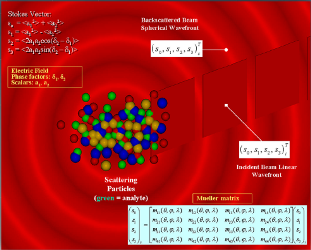
By injecting labelled material in aerosol chamber and storing a bunch of data (time stamp, mean and standard deviation of Mueller Matrix elements), we get a data set that we randomly split in a training and validation sets (we do not use here n-fold training process).
Then a hybrid framework containing Kohonen Self-Organizing Maps (SOM) and feed-forward neural networks identifies and classifies those CB analytes in the training set. Map below provides a view of the clustering on the training set:
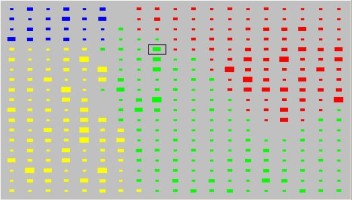
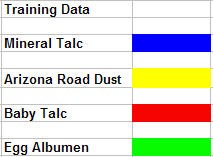
Relevance of the system is then assessed by applying the SOM on the validation set:
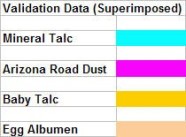
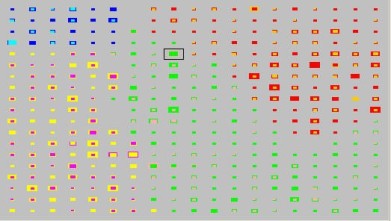
Indeed by superimposition one can see that the SOM identifies and classifies in a perfect way CB analytes, as well offering insight into the likely structure and toxicity of compounds which are not in the Mueller knowledge repository!
